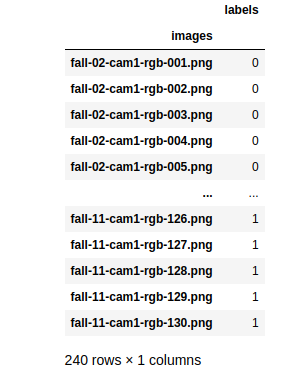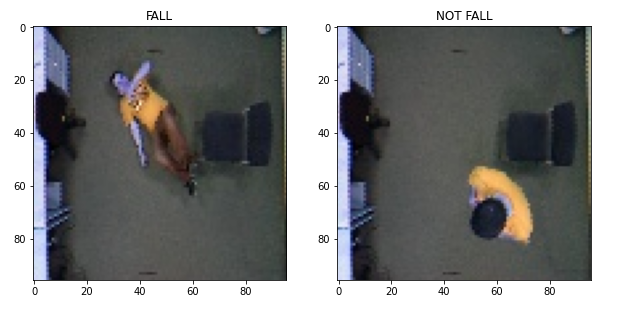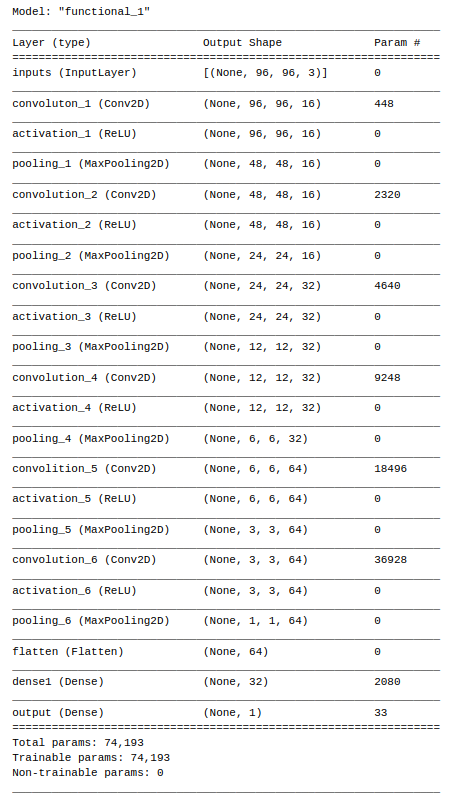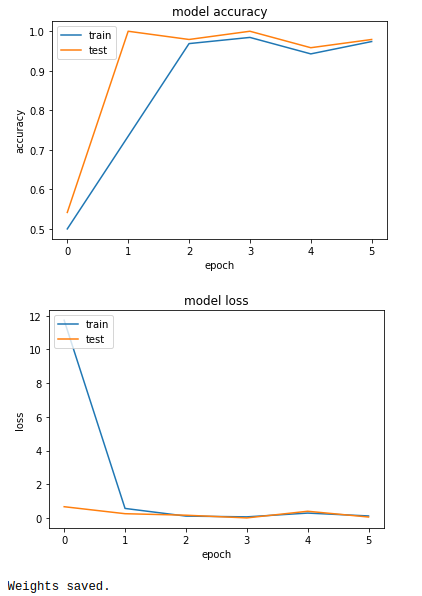
Introduction
Fall detection is major problem in healthcare. Old people fall often and there should be immediate aid for them as injury can be series, even lead to the death. In this project, we will use Convolutional Neural Network architecture to detect whether a person has fallen or not in given image.
For this purpose, we use public dataset that contains videos of falling people. Each frame has been given as a picture, and we use 2 videos that makes a total of 240 images. Images can be labelled manually starting by the frame where the fall starts.
Preprocessing
• Importing necessary libraries
• Downloading the train images, unzipping, and deleting zip file
• Reading the train labels
Output:

• Reading the test labels
Output:

Now we will read train and test images from the created folder, read them with cv2 library. Then we will add current train and test images image to train_images and test_images lists and access corresponding label using image name and add it to train_labels and test_labels lists respectively
Output:

We have 240 RGB images with size (96×96), let’s visualize some images that represents fallen and not fallen person
Output:

Splitting the train data into train and validation sets
Creating our CNN architecture and fit on train data
• Importing necessary functions from Tensorflow library
• Creating a custom function for convolution operation that will help to avoid unnecessary repetition
For our CNN architecture we build 6 blocks that contains convolution layer, ReLU activation which is followed by max pooling layer, then flatten our result, add one dense layer and use sigmoid function for the final result
Output:

To train our model we use Adam optimizer with learning rate= 0.0001 and Binary Crossentropy as loss function. Let’s visualize accuracy and loss plots after running our model for 5 epochs and save our model
Output:

Testing our model
Now, it is time to test our model on new images. For this purpose we use 12 images.
Predicting on test images and check the results visually.
Output:

Conclusion
In conclusion, we built and trained a deep learning model on public dataset and reached a reasonable accuracy on our performance.
Notebook link: Here
Credit: Kanan Mahammadli
Also Read: Flower Classification using CNN
